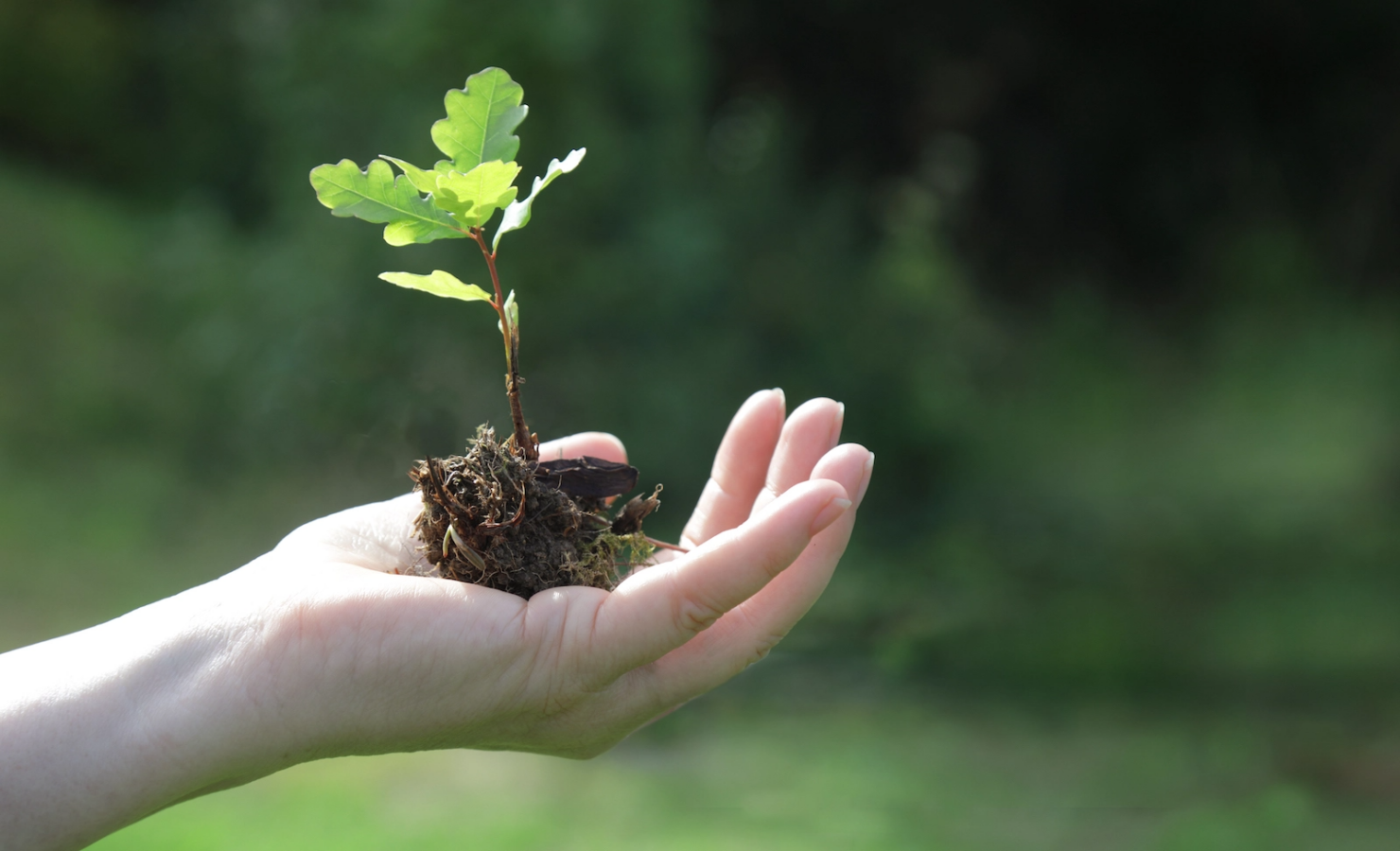Early in the 1970s, there began to emerge a special literature that explored what Judaism had to say about the adam-adamah, human-earth, relationship. Some of it sprang directly from increasing public concern that new forms of human technology were damaging the earth.
Some was a response to scientists who attacked Judaism and Christianity as the bearers of a destructive teaching that human beings alone of all creation bear the Image of God and that they should subdue the earth — a teaching that, the scientists argued, led philosophically to contempt for nature and practically to pollution and degradation of nature.
Two somewhat distinct Jewish approaches emerged, both interested in exploring Jewish responsibility for the whole of the planet, not only for the Land of Israel, where Jews had again become historically responsible. Both approaches led to another burst of energy in the celebration of Tu Bishvat.
Increasingly, the festival was seen to fuse the mystical with the eco-planetary, and so to include the trees of all countries as aspects of the Sacred Tree Above. One of these new approaches we might call “Rabbinic Stewardship.” Its proponents asserted that true Judaism was protective of the environment, bore no responsibility for the despoliation of nature that Western techno-industrialism was imposing, and should indeed be drawn on to protect the environment.
With your help, My Jewish Learning can provide endless opportunities for learning, connection and discovery.
This approach emerged just about simultaneously with another kind of Jewish approach to the earth. It saw Rabbinic Judaism as an important source of Jewish concern for the earth, but one that was in itself insufficient to deal with the growing threats to the natural world posed by human technology.
In response to this sense of insufficiency, several Jewish philosophies were put before the public that bespoke a love of the earth that went beyond most rabbinic teachings, drawing deeply on Hasidic thought and on some kindred Western ideas. Martin Buber and Abraham Joshua Heschel, each in his own way, spoke out of these roots. Their work, along with some earth-focused elements of Zionism, fed into an emerging exploration of new approaches to Judaism as the havurot [small, informal Jewish prayer communities] and early Jewish renewal energies, including feminist Judaism, grew in the United States in the early 1970s.
The proponents of Rabbinic Stewardship and the proponents of Jewish renewal were both attracted to recovering and renewing Tu Bishvat, for somewhat different but overlapping reasons. Participants in the loose-knit Jewish renewal movement were drawn to the drama, the depth, the beauty, and the intellectual power of the kabbalistic [mystical] and Zionist ceremonial patterns embodied in Tu Bishvat ritual and ceremony as well as to its hints of celebrating an earth in danger. The Jews attracted to Rabbinic Stewardship also responded to the possibility of drawing on Tu Bishvat to focus on Jewish concerns for the earth.
Reprinted with permission from Trees, Earth, and Torah: A Tu B’Shvat Anthology, edited by Ari Elon, Naomi Mara Hyman, and Arthur Waskow (Jewish Publication Society).
<!–Ari Elon has served as the director of the Rabbinic Texts Program at the Reconstructionist Rabbinical College. Naomi Mara Hyman is the editor of Biblical Women in the Midrash. Rabbi Arthur Waskow is the director of the Shalom Center and author of numerous books, including Seasons of Our Joy.
Copyright (c) 1999 by Ari Elon, Naomi Mara Hyman, and Arthur Waskow. Published by the Jewish Publication Society.
–>
Tu Bishvat
Pronounced: too bish-VAHT (oo as in boot), Origin: Hebrew, literally "the 15th of Shevat," the Jewish month that usually falls in January or February, this is a holiday celebrating the "new year of the trees."



